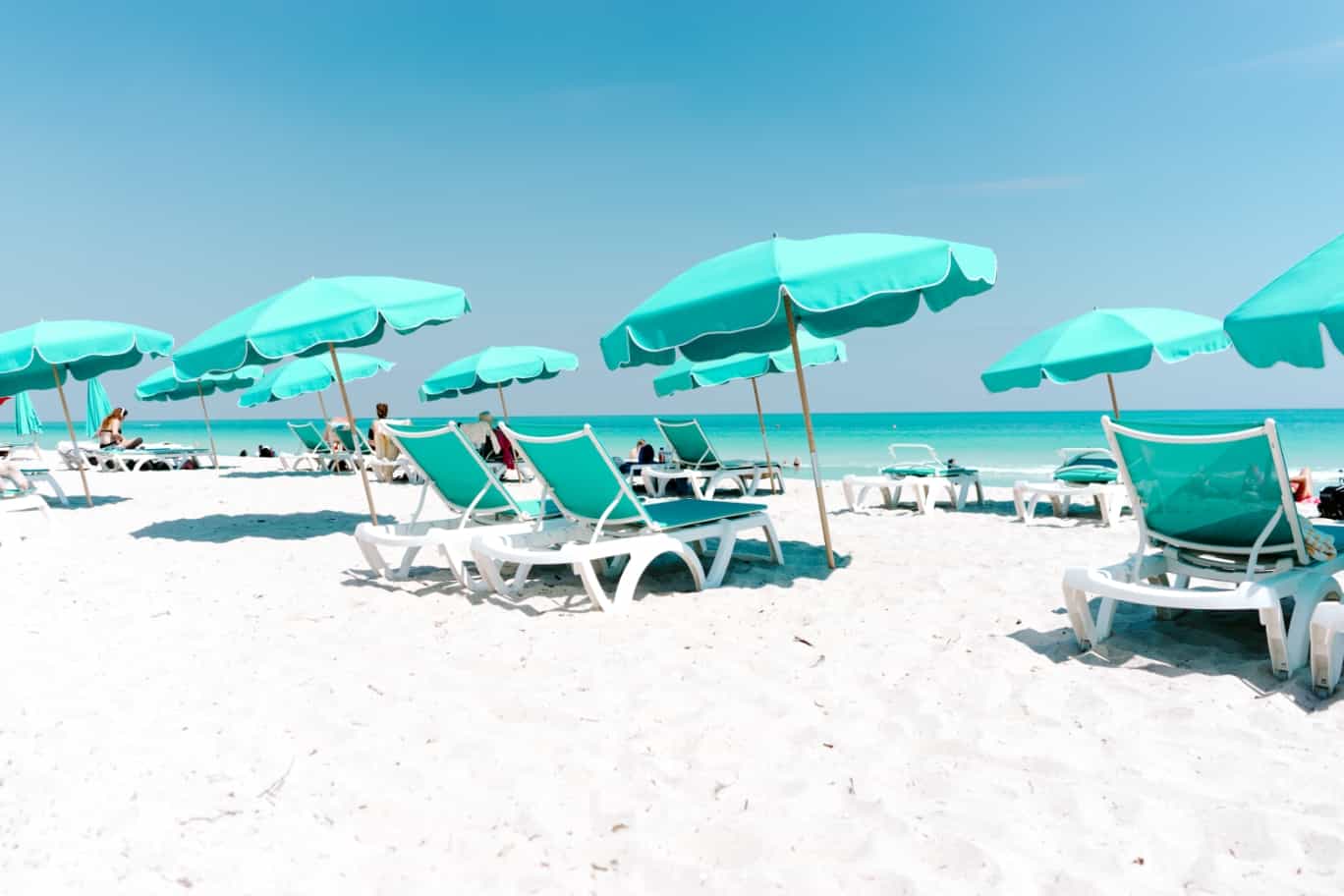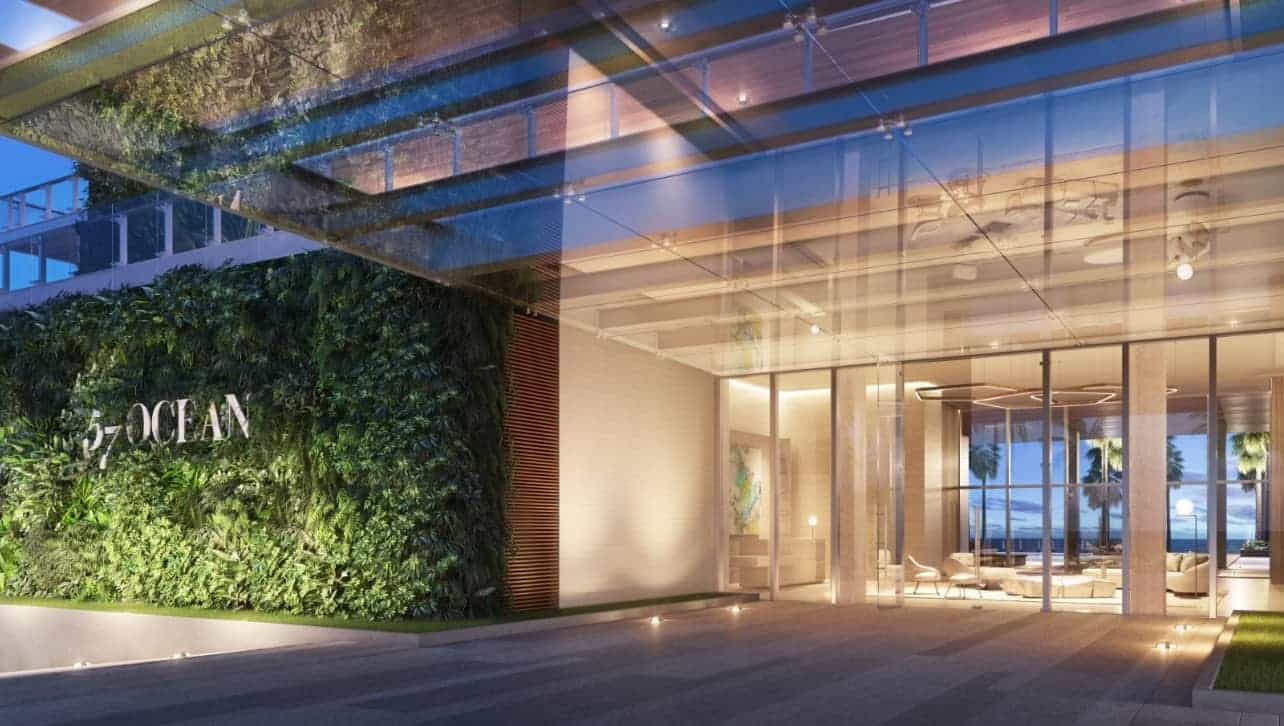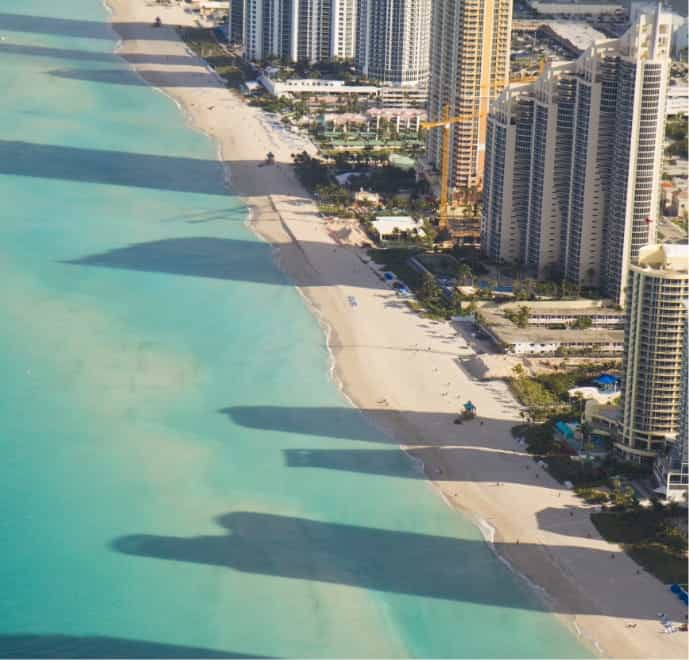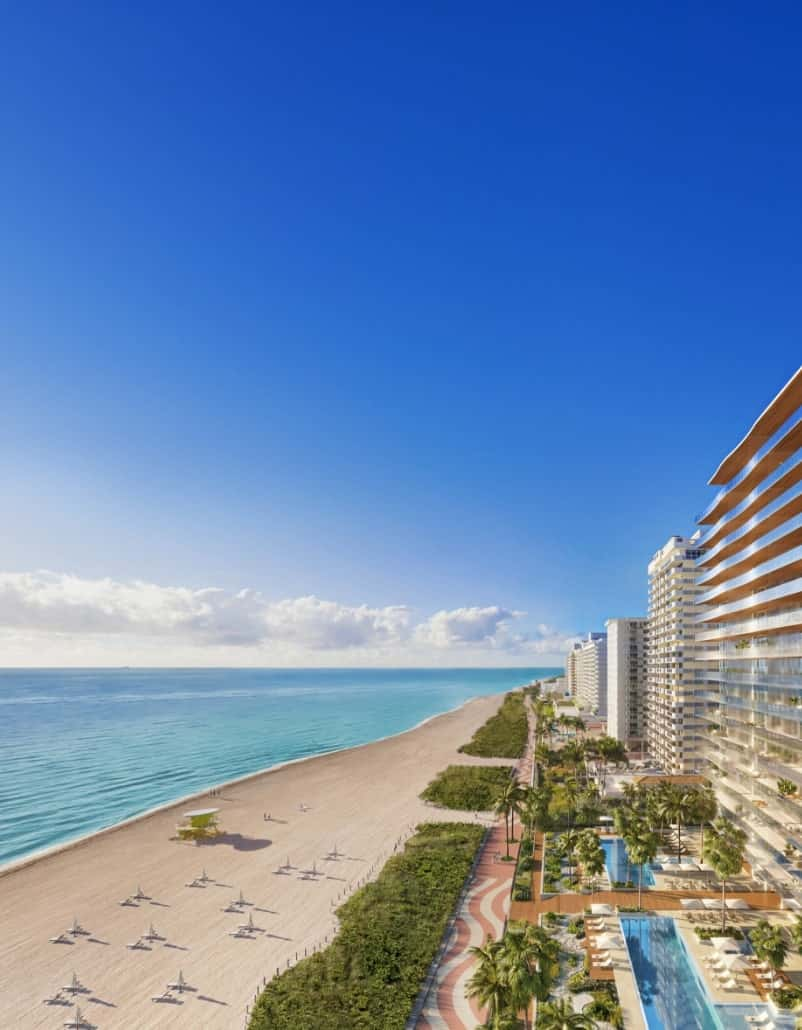Miami Beach’s
Iconic
Millionaire’s
Row
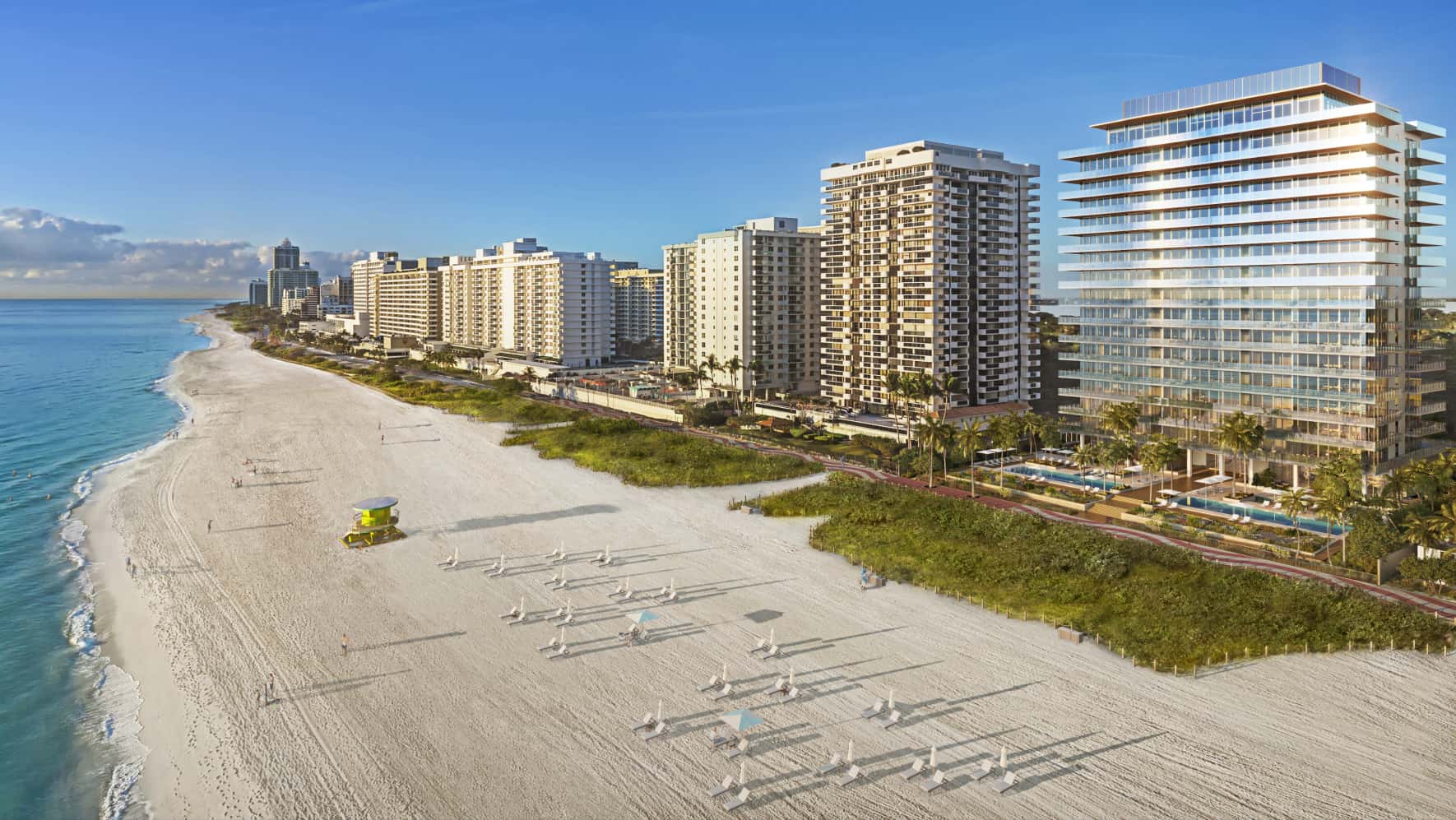
Since its incorporation in 1915, Miami Beach has been an alluring destination for visitors and residents alike. Many affluent visitors who could not get enough of the island’s weather and water decided to make it their winter home. Among them were leaders of industry, finance, and communications, nouveau riche millionaires, hailing primarily from the Midwest. Like Carl Fisher, the “father” of early Miami Beach, a sizable segment of them made their fortunes in the fledgling automobile industry.
In the process of building winter homes on large lots, and, in some cases, multiple lots, they created Iconic Millionaires’ Row stretching from 44th to 59th Streets along Collins Avenue, the community’s main street. With the ocean at the rear of their properties, this enclave of homes, forty-one in total, began taking shape in the 1910s and reached its completion by the late 1930s. Two significant properties anchored Iconic Millionaire’s Row: the Snowden estate on the south and the exclusive Bath Club on its northern flank. While the refurbished Bath Club remains a thriving venue, the Snowden Estate, later known as the Firestone Estate for its subsequent owner, Harvey Firestone, became, in 1954, the site of the spectacular Fontainebleau Hotel.

The lavish homes comprising this exclusive community were designed by the most prominent South Florida architects of that era. Many were designed in the popular Mediterranean style, which featured barrel tile roofs, arches, twisted columns, balconies, and textured stucco facades. The roster of architects included Richard Kiehnel, responsible for a plethora of signature buildings throughout Greater Miami; August Geiger, who designed Carl Fisher’s home in the 5300 block of Collins Avenue; Walter DeGarmo; Martin L. Hampton; Russell T. Pancoast.
Residents of Iconic Millionaire’s Row included John D. Hertz, a Chicagoan, and the founder of his namesake car rental business as well as Yellow Cab, and Albert Lasker, a onetime chairman of the U.S. Shipping Board, and president of Lord, Thomas & Logan, one of the world’s largest advertising agencies. Others included transportation and newspaper tycoon Charles A. McCullough; John B. Ford, president of the Michigan Alkali Corporation in Detroit; Albert R. Erskine, president of Studebaker Corporation, which manufactured its namesake car as well as the luxurious Pierce Arrow automobile; William M. Griffin, president of the Wayne Pump Company in Fort Wayne, Indiana, which manufactured gas station pumps, tanks and compressors.
New owners renovated and built additions to these homes. Even the lingering economic depression of the 1930s did not dampen the construction of new homes. In 1934, Walter Briggs, a Detroit-based multimillionaire through his ownership of one of the country’s largest suppliers of auto bodies for Ford, Chrysler, Packard and Hudson, built a magnificent home on two lots at 5151-67 Collins Avenue. Completed at a cost of $108,000, this residence contained an elevator and swimming pool.
Miami Beach’s Iconic Millionaires’ Row was the venue for high society parties, colorful lunches, and lavish receptions for special guests, including political dignitaries. Many denizens of Iconic Millionaire’s Row were members of the exclusive Committee of 100, founded by James Allison and Carl Fisher in 1926 for the civic, cultural and political enhancement of their winter home.
The demise of Iconic Millionaire’s Row followed the end of World War II. In that era, Miami Beach experienced a great burst of prosperity. Zoning changes were enacted, paving the way for new hotel and apartment construction in the area comprising Iconic Millionaire’s Row, many of whose onetime residents had already passed away. By the mid-‘50s, the Fontainebleau, Eden Roc and Montmartre hotels took their place on portions of the old Iconic Millionaire’s Row. The expansion of Miami Beach’s famed Hotel Row into that area continued with a forest of hostelries not seen elsewhere, ensuring Miami Beach’s status as America’s premier resort.
Dr. Paul S. George

